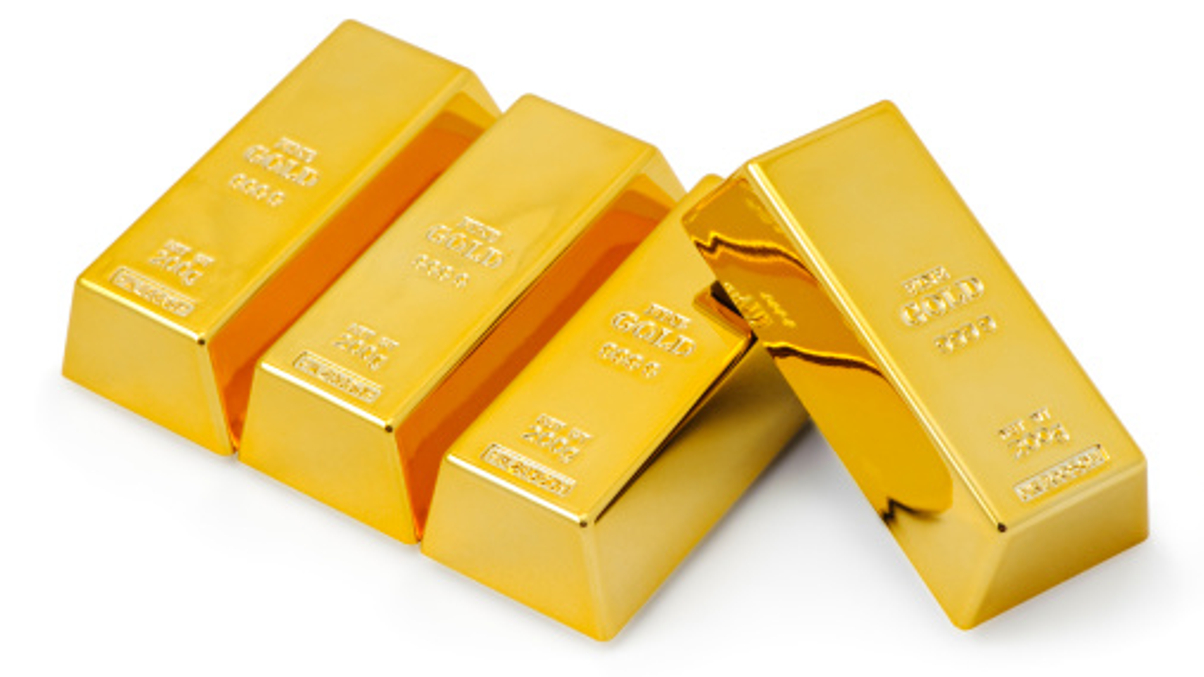World’s largest gold ETF cleared for HK pensioners
SSgA gains approval to allow MPF scheme providers to invest in its gold-backed ETF, just as the price of bullion sinks. Also, Invesco launches a CNH bond fund for its MPF platform.

State Street Global Advisors (SSgA) has received regulatory approval to allow Hong Kong MPF scheme providers to invest in its gold exchange-traded fund, coinciding with a tumble in bullion prices.
Sign in to read on!
Registered users get 2 free articles in 30 days.
Subscribers have full unlimited access to AsianInvestor
Not signed up? New users get 2 free articles per month, plus a 7-day unlimited free trial.
¬ Haymarket Media Limited. All rights reserved.


